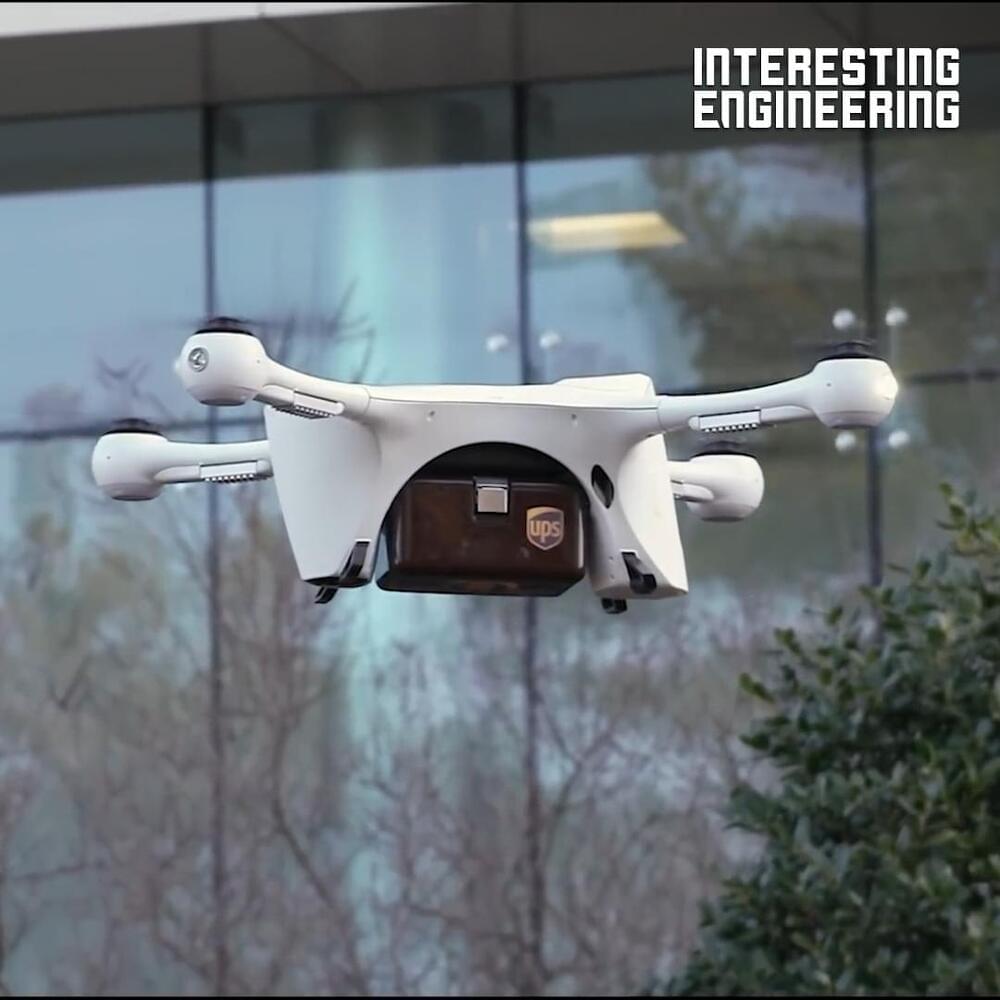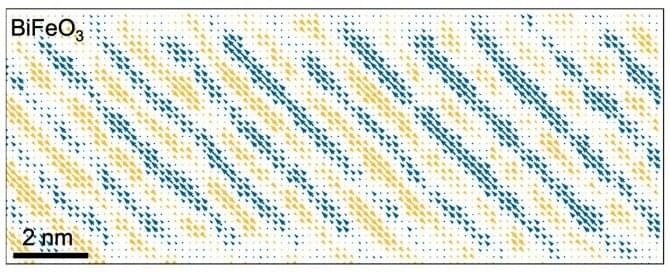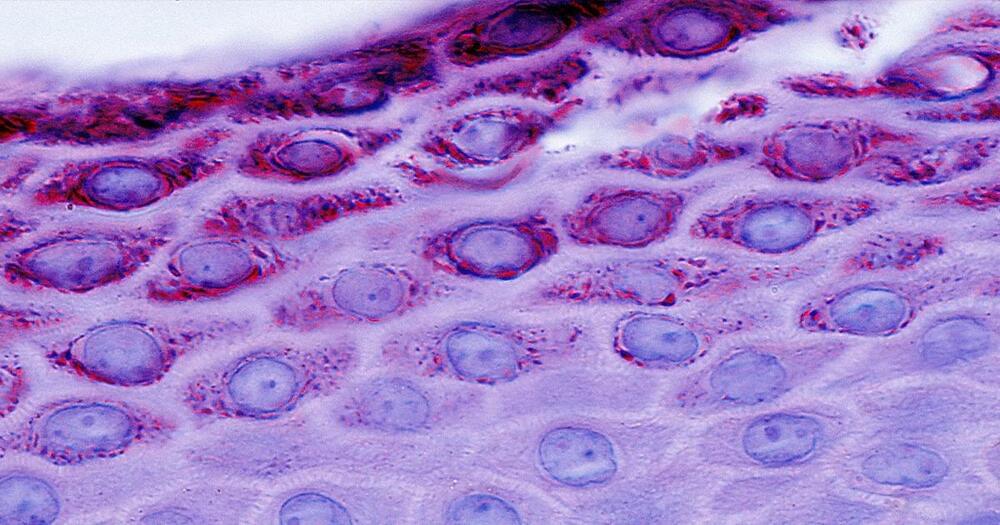So where are all the drones? 🤔
#engineering

A nine-month drone delivery pilot in Singapore will explire the use of drones for shore-to-ship parcel delivery of maritime essentials.
Singapore-based ST Engineering, Sumitomo Corporation, and Skyports are joining forces for a nine-month drone delivery pilot, wherein drones will be used for shore-to-ship parcel delivery of maritime essentials.
Traditionally, boats are used to deliver maritime essentials. However, using drones can slash the response time and logistics costs significantly, while speeding up turnaround for shore-to-ship delivery. The group further points out that replacing boat delivery with drones will help to reduce carbon emissions and contribute to the maritime industry’s overall efforts to operate sustainably.

Tesla is planning to build its new design center in Beijing later this year, according to a new document released by the Chinese government.
Shortly after announcing Gigafactory Shanghai, Tesla made it clear that it not only wants to tap into China’s incredible capacity in manufacturing, but it also wants to take advantage of the country’s incredible engineering and design talent.
In early 2020, Tesla announced plans to establish a new R&D center and a new design center in China to build “a Chinese-style” electric car.

According to a new job posting, Intel is setting up a GPU development center in the UK. The company is looking for experienced hardware design engineers to develop low-power GPU architectures for portable computing devices.
“We are building a brand-new team in the UK to focus solely on class-leading low power GPU architectures and designs to enable the next generation of portable computing,” reads the job description posted by Intel’s Xe Architecture and IP Engineering (XAE) Low Power Group. “This requires proven skills in a range of engineering disciplines from architecture, hardware design, software driver design all with low power as the key focus.”

Tae Seok Moon, associate professor of energy, environmental and chemical engineering at the McKelvey School of Engineering at Washington University in St. Louis, has taken a big step forward in his quest to design a modular, genetically engineered kill switch that integrates into any genetically engineered microbe, causing it to self-destruct under certain defined conditions.
His research was published Feb. 3 in the journal Nature Communications.

It may look like a bizarre bike helmet, or a piece of equipment found in Doc Brown’s lab in Back to the Future, yet this gadget made of plastic and copper wire is a technological breakthrough with the potential to revolutionize medical imaging. Despite its playful look, the device is actually a metamaterial, packing in a ton of physics, engineering, and mathematical know-how.
It was developed by Xin Zhang, a College of Engineering professor of mechanical engineering, and her team of scientists at BU’s Photonics Center. They’re experts in metamaterials, a type of engineered structure created from small unit cells that might be unspectacular alone, but when grouped together in a precise way, get new superpowers not found in nature. Metamaterials, for instance, can bend, absorb, or manipulate waves—such as electromagnetic waves, sound waves, or radio waves. Each unit cell, also called a resonator, is typically arranged in a repeating pattern in rows and columns; they can be designed in different sizes and shapes, and placed at different orientations, depending on which waves they’re designed to influence.
Metamaterials can have many novel functions. Zhang, who is also a professor of electrical and computer engineering, biomedical engineering, and materials science and engineering, has designed an acoustic metamaterial that blocks sound without stopping airflow (imagine quieter jet engines and air conditioners) and a magnetic metamaterial that can improve the quality of magnetic resonance imaging (MRI) machines used for medical diagnosis.

Conventional batteries are a lot like camels. They’re great for storage and transportation, but they’re not exactly speedy.
For technologies that require a fast discharge of energy, such as heart defibrillators, alternative materials are often used; foremost among them, antiferroelectrics.
There is only a handful of known antiferroelectric materials, and most of them contain lead, so they aren’t safe enough for everyday applications. Now, a Cornell-led collaboration has discovered a new approach for making a lead-free antiferroelectric that performs as well as its toxic relatives.


One year after winter storms crippled Texas’s electricity grid, contributing to more than 200 deaths, a Cornell University-led analysis recommends contracting improvements to reduce decentralized energy markets’ vulnerability to rare events.
Such “energy-only” markets rely on investors to anticipate demand for all conditions and build appropriate resiliency into the system. They allow prices to soar during extreme events to incentivize preparedness.
But in Texas, where Winter Storm Uri caused catastrophic blackouts over five consecutive days of frigid temperatures, the crisis revealed the market’s failure to manage risk as designed, says Jacob Mays, assistant professor in the School of Civil and Environmental Engineering at Cornell. Winterization investment fell short, he said, because the payoff proved too distant and uncertain.
